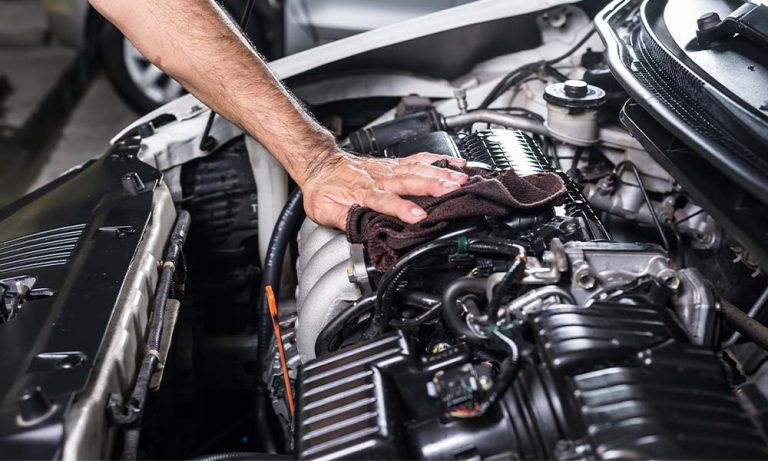
More than simply a nuisance, dim headlights may seriously compromise your nighttime driving skills. There are many reasons your headlights seem less bright. First, the most often occurring cause of low light is aging of bulbs. Halogen, xenon, or LED bulbs fade in their capacity to effectively project light as they age. Furthermore restricting light output on the headlight lens might be rust and cloudiness. Dirt, salt, and moisture among other environmental factors may stick to the lens and greatly reduce sight. Moreover, electrical problems like corroded wiring or a failed alternator might provide inadequate power to reach the headlights, therefore reducing the brightness.
Evaluating Headlight Bulb State
Examining the bulbs themselves comes first in tackling poor headlights. Start by turning on the lights and closely evaluating their functioning. One typically indicates that a bulb needs to be replaced if one headlight is substantially less bright than the other. It’s smart to replace both bulbs at once even if just one seems to be malfunctioning. This prophylactic action guarantees balanced lighting and helps to prevent future problems. Usually with the correct tools—a screwdriver—you can reach the headlight assembly and change the bulb. For best performance, be sure you use premium replacement bulbs.
Maintenance of Headlight Lenses
Cleaning the headlight lenses comes next if the bulbs are in excellent condition but the headlights still seem weak. Grime collected on the lens surface lowers light output. There are many ways to clean your headlights; professional headlight repair kits are sold at auto parts shops, or you may use a DIY solution with vinegar and baking soda. Apply the cleaning solution; gently scrub with a soft cloth; rinse with water. Once you’ve cleaned, think about using a UV sealer to guard the lenses from cloudiness and potential oxidation. Selection of Auto Repair in Littleton, Co based service is essential here.
Handling Technical Problems
Investigating possible electrical faults is very vital if brightness difficulties continue after bulb replacement and lens cleaning. Start by looking at the connectors and wire running to the headlights. Look for evidence of broken wires, loose connections, or corrosion. Should problems arise, clean or repair these parts as necessary. To guarantee the car is running with enough power, also look at the alternator and battery. If you’re not at ease troubleshooting these electrical systems on your own, a skilled technician can do extensive testing.
Regular Maintenance for Clear Headlights
Maintaining ideal headlight brightness depends on preventive treatment. Check and clean your headlights often to be sure they are free of oxidation and grime. Though they look to be in good condition, think about changing your bulbs every few years. These proactive measures will help you to guarantee that your headlights provide the required visibility for safe driving. Recall that low headlights not only compromise your own vision but also make your car less noticeable to other drivers. Maintaining bright headlights can help you drive at night more confident and safely.




